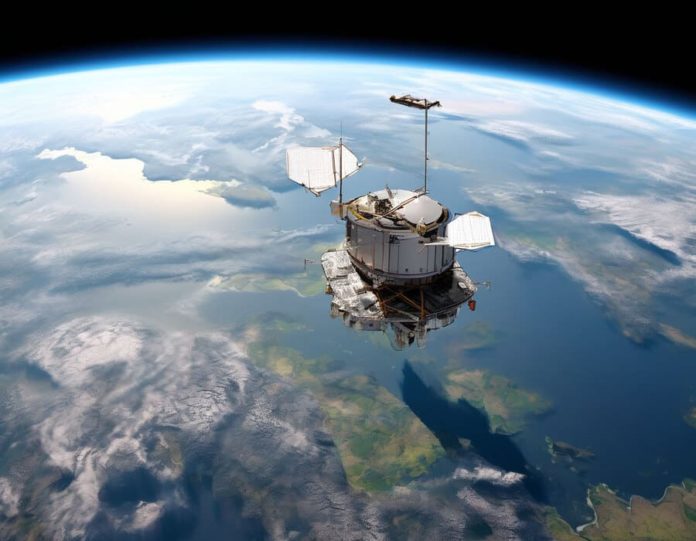Rocket launches are incredibly important for climate monitoring, offering a window into the health and changes of our planet. Let’s explore how they do this:
Deploying climate monitoring satellites
Rocket launches are the primary method for getting climate monitoring satellites into space. These satellites are equipped with advanced sensors and instruments that can measure various aspects of the Earth’s climate system, such as temperature, humidity, sea level, and ice cover. Without these satellites, we wouldn’t have the comprehensive data needed to understand and track climate changes over time.
Collecting atmospheric data
Satellites launched by rockets collect vital data on the Earth’s atmosphere. They monitor greenhouse gas concentrations, such as carbon dioxide and methane, which are critical for understanding their impact on global warming. By tracking these gases, scientists can better predict future climate trends and inform policy decisions aimed at reducing emissions.
Observing ocean health
Rocket-launched satellites play a key role in monitoring the oceans, which cover more than 70% of the Earth’s surface and are crucial for regulating climate. They track sea surface temperatures, ocean currents, and sea level rise. This information helps scientists understand how the oceans are responding to climate change and how these changes, in turn, affect global weather patterns and marine ecosystems.
Monitoring ice and snow
Satellites also keep an eye on the Earth’s ice and snow. They provide detailed images and data on the extent and thickness of polar ice caps and glaciers. This information is essential for understanding how quickly ice is melting due to rising temperatures and what the implications might be for sea level rise and global climate patterns.
Tracking land use and vegetation changes
Another important aspect of climate monitoring is observing changes in land use and vegetation. Satellites launched by rockets can monitor deforestation, desertification, and changes in vegetation cover. This helps scientists understand how human activities and natural phenomena are impacting the Earth’s surface and contributing to climate change.
Supporting weather forecasting
Climate monitoring satellites also play a crucial role in weather forecasting. They provide real-time data on weather conditions around the globe, improving the accuracy of weather predictions. This is important for preparing for extreme weather events, which are becoming more frequent and severe due to climate change.
Providing long-term climate records
Satellites provide continuous, long-term records of the Earth’s climate. These records are invaluable for detecting trends, validating climate models, and understanding the natural variability of the climate system. Long-term data helps scientists distinguish between short-term fluctuations and long-term climate change, providing a clearer picture of how our planet is changing.
In summary, rocket launches support climate monitoring by deploying satellites that collect critical data on the atmosphere, oceans, ice, land use, and weather. This information is essential for understanding and addressing the impacts of climate change, helping us to better protect our planet for future generations.













